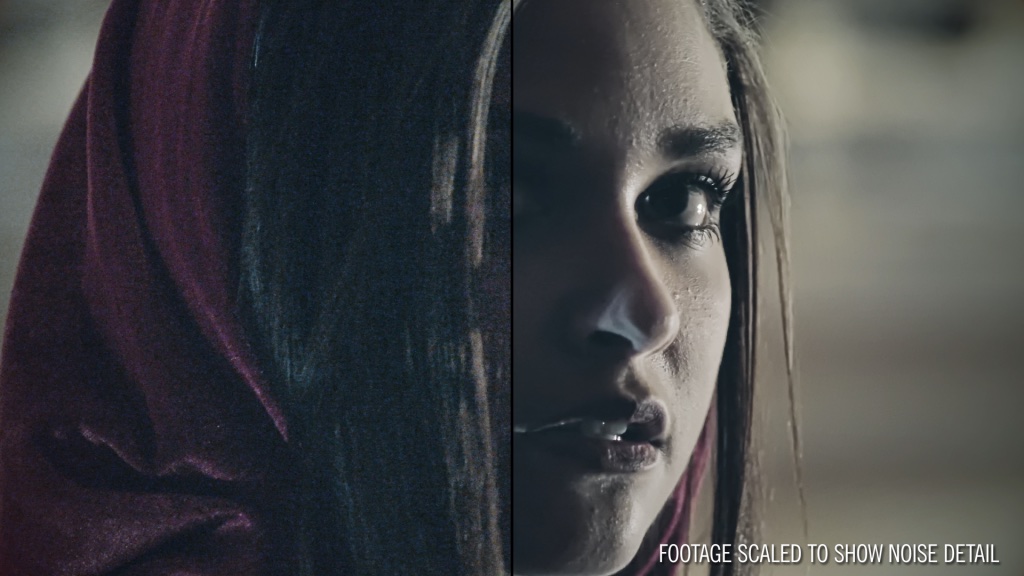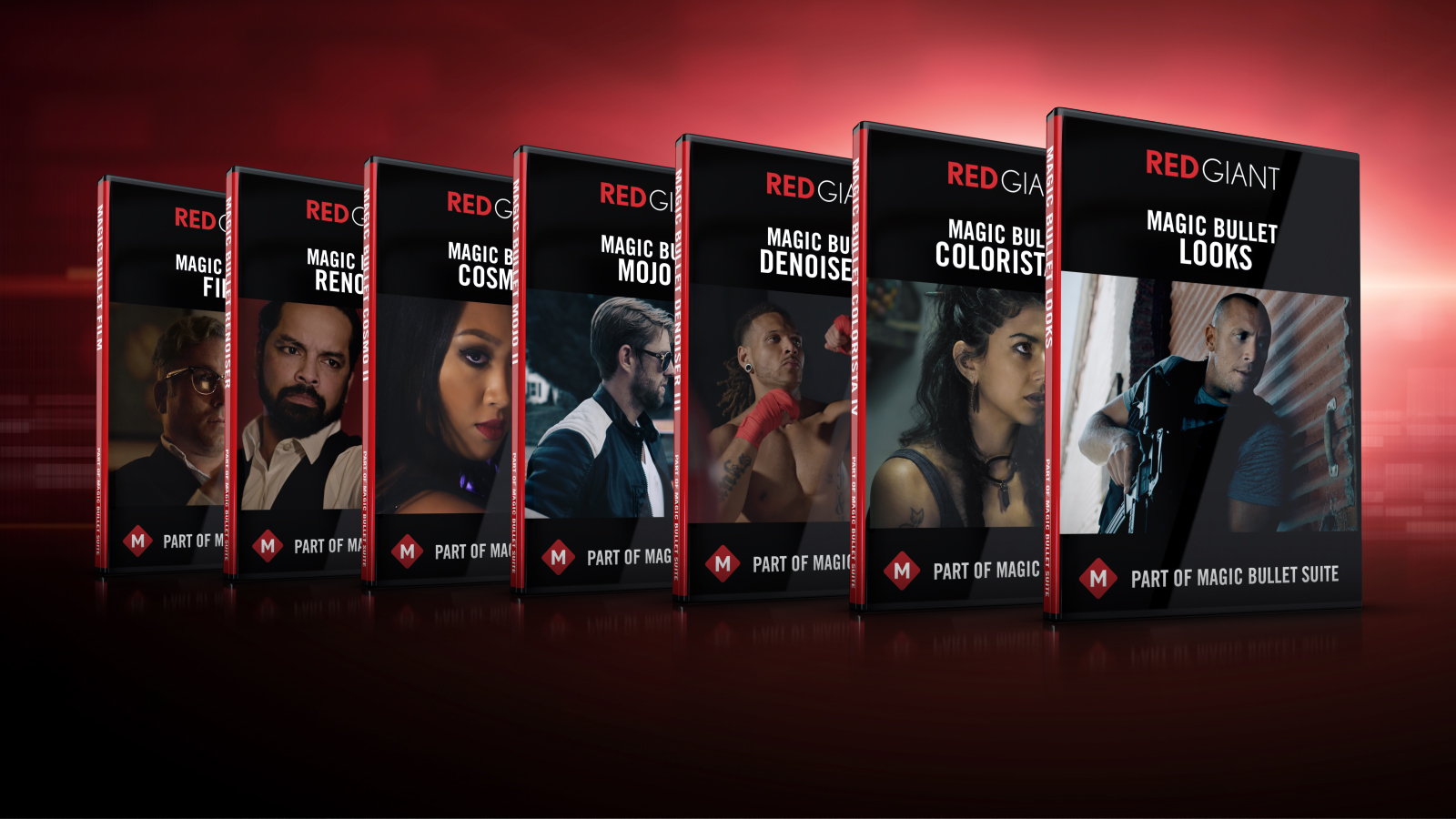
One concern our reviewer had with Denoiser II was the slow rendering times, so I expected that to be a drawback, though I was hoping things might have improved in the intervening years. We looked at Magic Bullet Colorista III in 2015, and reviewed Denoiser II way back in 2012 shortly after we launched Streaming Media Producer.

When it came time to work on highlight clips from these particularly dark sessions, I knew I’d need some kind of extra assistance to make these videos usable, and the material was, in most cases, too good to waste, especially with a goal of delivering 80 highlight clips between this year’s conference and the next one in 2019.Īfter some research, I decided to try Red Giant’s Magic Bullet Denoiser III, which is available on its own ($199) or as part of the Magic Bullet Suite ($899). But that means I’m still introducing noise even if there wasn’t much there before. It doesn’t take long to get a fairly dark image reasonably bright.
Denoiser iii plugin pro#
Premiere Pro CC 18 has great tools in the Color panel for addressing these issues, particularly with exposure and highlights. I prefer not to do it with too much gain in-camera because that means I’m starting with a noisy image in post, and things will only get worse from there. I can slow down the shutter speed a little to improve the low-light performance (not really a problem with speakers who aren’t moving much), but no matter what I do, if the room is dark, my video will be dark.Īll of which means that, at some point, I’m going to have to artificially brighten the image.
Denoiser iii plugin upgrade#
These cameras have a lot going for them, including the ability to upgrade to 4K without buying a new camera, but the fixed lens doesn’t open as wide as I wish it did. My go-to cameras for conference video for the past few years have been the Sony PXW-X70. But if these rooms (or at least the parts of them where the speakers take up residence) are too poorly lit for good video, there’s very little I can do about that once the session is rolling. A few times I was moving chairs to make room for my tripods and plugging my Tascam into the soundboard as the moderator was introducing the next speaker.įor the most part, I’m shooting these sessions for highlights, so it’s not the end of the world if I miss a few seconds at the beginning, or even if it takes me a few minutes to get my shots framed and focused.


Other times, like at a conference I shot in DC this past April, at several times during the show, I was asked to swoop in and do an impromptu setup in a room to grab a particular session, usually just a few minutes before the session started. But even with advance setup, if a speaker decides the way to get intimate with the audience is to come down off the stage and speak from the shadows, there’s not a whole lot I can do to make that speaker look good while I’m on-site. At most of the conferences I shoot, I don’t have a lot of control over how the speaker and stage are lit, but if I’m working in a given room throughout the week and can get in to set up the day before the event, I can usually work with the A/V crew to get at least a little more light on the speaker so I don’t have to use too much gain.


 0 kommentar(er)
0 kommentar(er)
